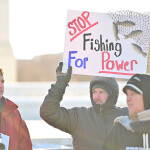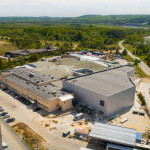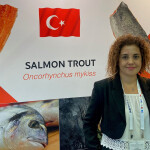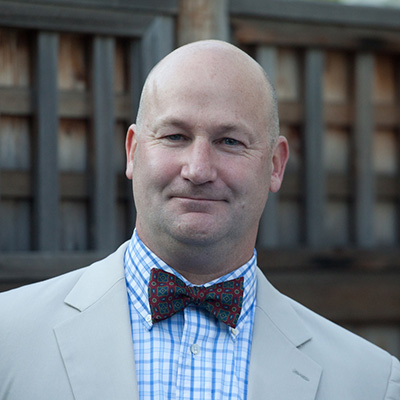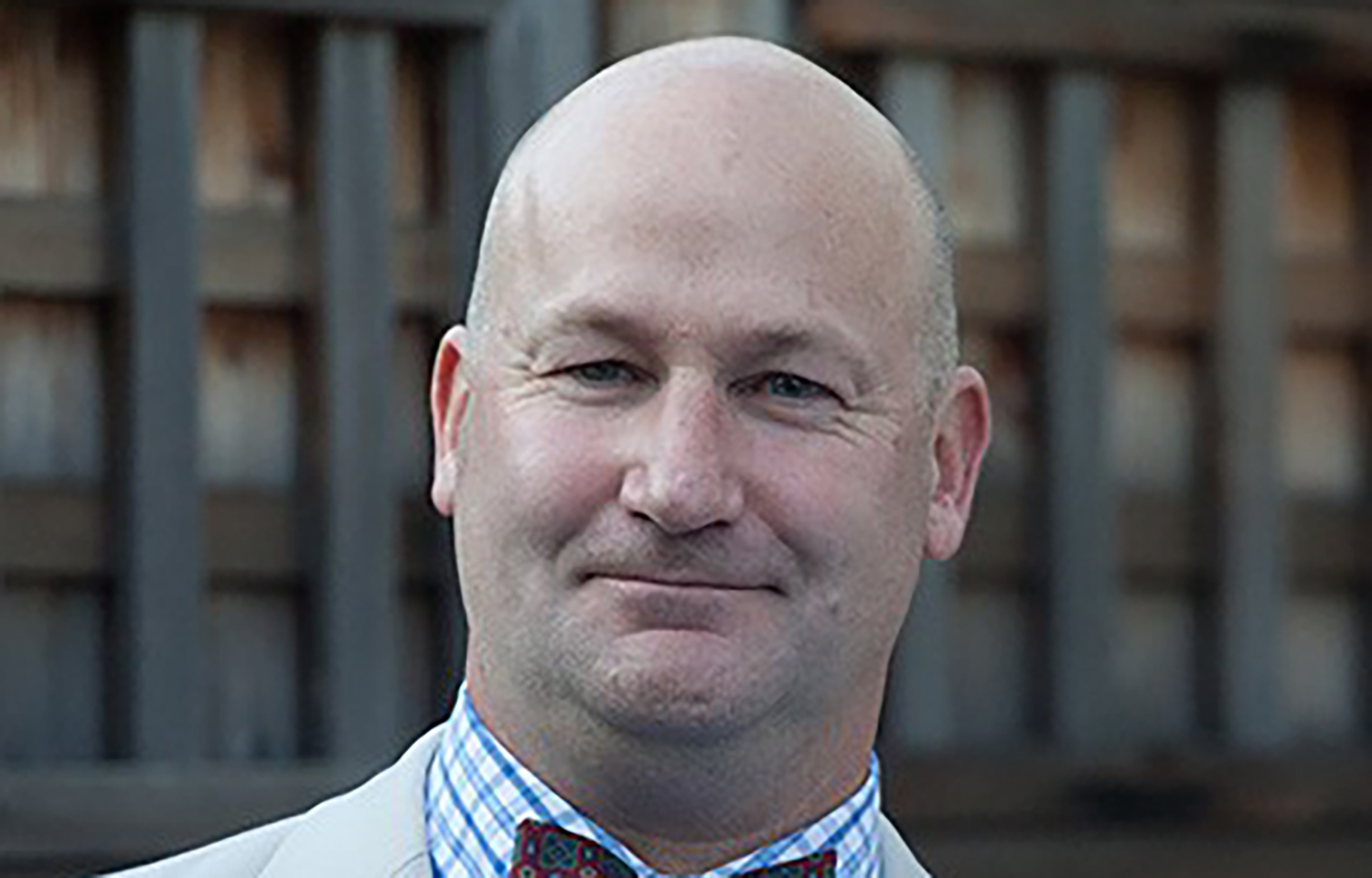Ned Daly is a sustainability strategist with Diversified Communications, which owns and operates SeafoodSource, and a founder and leader of the Seafood2030 project.
Business clusters are typically geographically focused groups of companies in related industries and institutions that come together to collaboratively promote a healthy economic ecosystem and maximize business opportunities in their geographic cluster. Think tech and Silicon Valley. Think wine and Sonoma County. Think fish and Iceland.
The seafood industry is a perfect fit for the cluster model.
Seafood producers, processors, and related businesses often operate independently but are tied to resources and access to them, making them likely to geographically co-locate around important ports, harbors, or fisheries. The cluster model connects that grouping of businesses and services in hopes of achieving a shared increase in product value, efficient use, and raw material availability and enabling startups in the field.
“In Iceland, [our] cluster evolved out of a need in fisheries to create more value from less catch,” Iceland Ocean Cluster CEO Alexandra Leeper said. “This required opening dialogue between fisheries competitors and innovative thinking from the entrepreneurial community based in sound knowledge from the research sector.”
Ocean clusters in Iceland, as well as in the U.S. region of New England, have become well-known within the industry for their innovative approaches to fostering blue economy businesses. The model is now being used in other regions, such as through the Faroes Ocean Cluster, Danish Ocean Cluster, New Bedford Ocean Cluster, Long Island Ocean Cluster, Alaska Ocean Cluster, and Pacific Islands Cluster.
Elsewhere, the Namibian Ocean Cluster (NOC) launched earlier this year with the support of the World Economic Forum and guidance from the Iceland Ocean Cluster. Before it formalized and became a legal cluster, representatives from the Namibia hake industry, other fisheries, fishmeal companies, NGOs, government representatives, and scientists spent time building trust and common ground. With hake-fishing companies leading the dialogue, the group landed on maximizing fish utilization for the best socioeconomic value to build the cluster around.
“It was important to take time building structures that are founded on trust, mutual ambition, and shared responsibility. Obtaining CEO level commitment was critical in the process. It was also important to set up the cluster as a legal entity, which in our case is not for profit,” Pierre le Roux, the chair of the Namibia Ocean Cluster and a sales and marketing manager at SeaWork Namibia, said. “We remain competitors in our core markets with our primary products but come together in an open, shared space to explore additional socioeconomic opportunities that benefit from safe collaboration.”
As the Namibia cluster grows and matures, opportunities for entrepreneurism, investment, engaging more fisheries, and building on new relationships with academia and NGOs are all on the table.
"Full utilization impacts the whole sector, and resources required for research to address secondary yields are generally beyond what an individual company can input; however, together, we can develop as a team,” Namibia Ocean Cluster Co-Chair Lusia Negonga, who is also the head of the NovaNam Foundation, which is a subsidiary of the Nueva Pescanova Group, said. “In the Namibia Ocean Cluster, we have core industry members and associate members. Associate members are those who have research, environmental, and socioeconomic backgrounds, encouraging us to network and think out of the box and consider new opportunities. Finding economic ways to utilize as much of the fish as possible is a win-win for all.”
For most natural resource-based industries, including seafood, the ability of companies and markets to source products globally has had a significant impact on how producers are able to gain an advantage in the marketplace. Having proprietary access to resources or competitive pricing is traditionally how companies would develop a market advantage. Increasingly, advantages are derived from efficient use of resources or innovative ways to distribute those resources – like 100 percent utilization of fish – which, in turn, can build better food systems and increase socioeconomic value in the region.
“Business clusters are not only developing innovative products, but the cluster model is developing innovative thinking. There is a wealth of economic data and learnings from other industries that can help inform the seafood industry and help companies create value, opportunities, and efficiencies to better compete in the global protein market,” Melanie Siggs, a strategic advisor to the Namibia project, said. “It must, of course, start with responsible production or harvesting, but this feels like an important part of future appropriate blue food systems which are good for people and the planet.”

